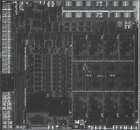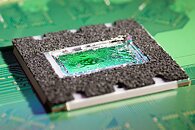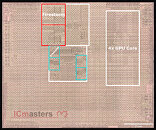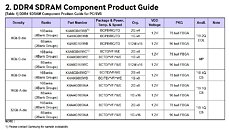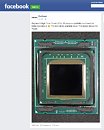MediaTek Launches Next-gen ASIC Design Platform with Co-packaged Optics Solutions
Ahead of the 2024 Optical Fiber Communication Conference (OFC), MediaTek (last week) announced it is launching a next-generation custom ASIC design platform that includes the heterogeneous integration of both high-speed electrical and optical I/Os in the same ASIC implementation. MediaTek will be demonstrating a serviceable socketed implementation that combines 8x800G electrical links and 8x800G optical links for a more flexible deployment. It integrates both MediaTek's in-house SerDes for electrical I/O as well as co-packaged Odin optical engines from Ranovus for optical I/O. Leveraging the heterogeneous solution that includes both 112G LR SerDes and optical modules, this CPO demonstration delivers reduced board space and device costs, boosts bandwidth density, and lowers system power by up to 50% compared to existing solutions.
Additionally, Ranovus' Odin optical engine has the option to provide either internal or external laser optical modules to better align with practical usage scenarios. MediaTek's ASIC experience and capabilities in the 3 nm advanced process, 2.5D and 3D advanced packaging, thermal management, and reliability, combined with optical experience, makes it possible for customers to access the latest technology for high-performance computing (HPC), AI/ML and data center networking.
Additionally, Ranovus' Odin optical engine has the option to provide either internal or external laser optical modules to better align with practical usage scenarios. MediaTek's ASIC experience and capabilities in the 3 nm advanced process, 2.5D and 3D advanced packaging, thermal management, and reliability, combined with optical experience, makes it possible for customers to access the latest technology for high-performance computing (HPC), AI/ML and data center networking.
































